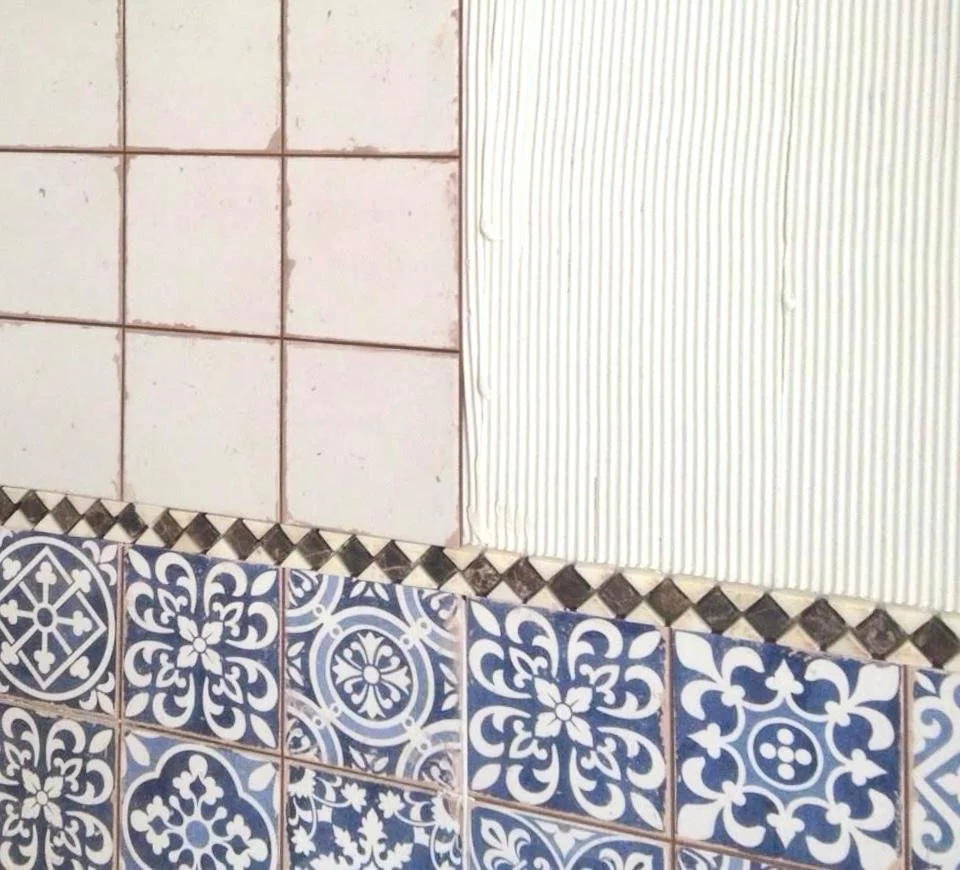HOW TO THINK ABOUT CONTINGENCY LIKE A PROFESSIONAL
A contingency isn’t a top-up or a guess.
It’s a calculated buffer—money you set aside to cover the unexpected
If you’re pricing a renovation for profit, you need a contingency.
But how much?
You’ve probably heard all sorts of random advice—10%, 20%, “just add a bit extra.”
That’s not helpful. And it’s definitely not how you build investor trust or keep your margins safe.
Let’s break it down properly.
A contingency isn’t a top-up or a guess.
It’s a calculated buffer—money you set aside to cover the unexpected.
And the size of that buffer should reflect the level of risk in your project.
So no, it’s not always 10%.
The contingency should match the complexity of the renovation.
Here’s the structure I use:
5% contingency
For simple cosmetic updates (like-for-like kitchen, bathroom, floors, decoration).
Low risk = low buffer.10% contingency
For advanced cosmetic work—think layout changes, moving services, new lighting plans.
Moderate risk = moderate buffer.15% contingency
For structural or intrusive works—new walls, full rewiring, re-plumbing, damp treatment, etc.
Higher risk = higher buffer.
This approach gives you clarity when building your budget.
It also helps investors trust your numbers, because you’re showing control, not guesswork.
Inside FLIPIT, this is the kind of thinking you’ll build into every renovation plan.
Smart budgeting. Strategic margins. Less stress when things change on site.
That’s how you flip professionally.

